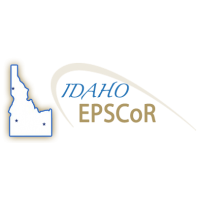Thesis | Using Uncrewed Aircraft Systems to Create 3D Maps and Suitability Models of Golden Eagle Nesting Sites
The Morley Nelson Snake River Birds of Prey National Conservation Area (NCA) provides breeding sites for raptors in southwestern Idaho. Biologists have been mapping occupied Golden Eagle nest locations in the NCA since the 1960s, but the steep...

